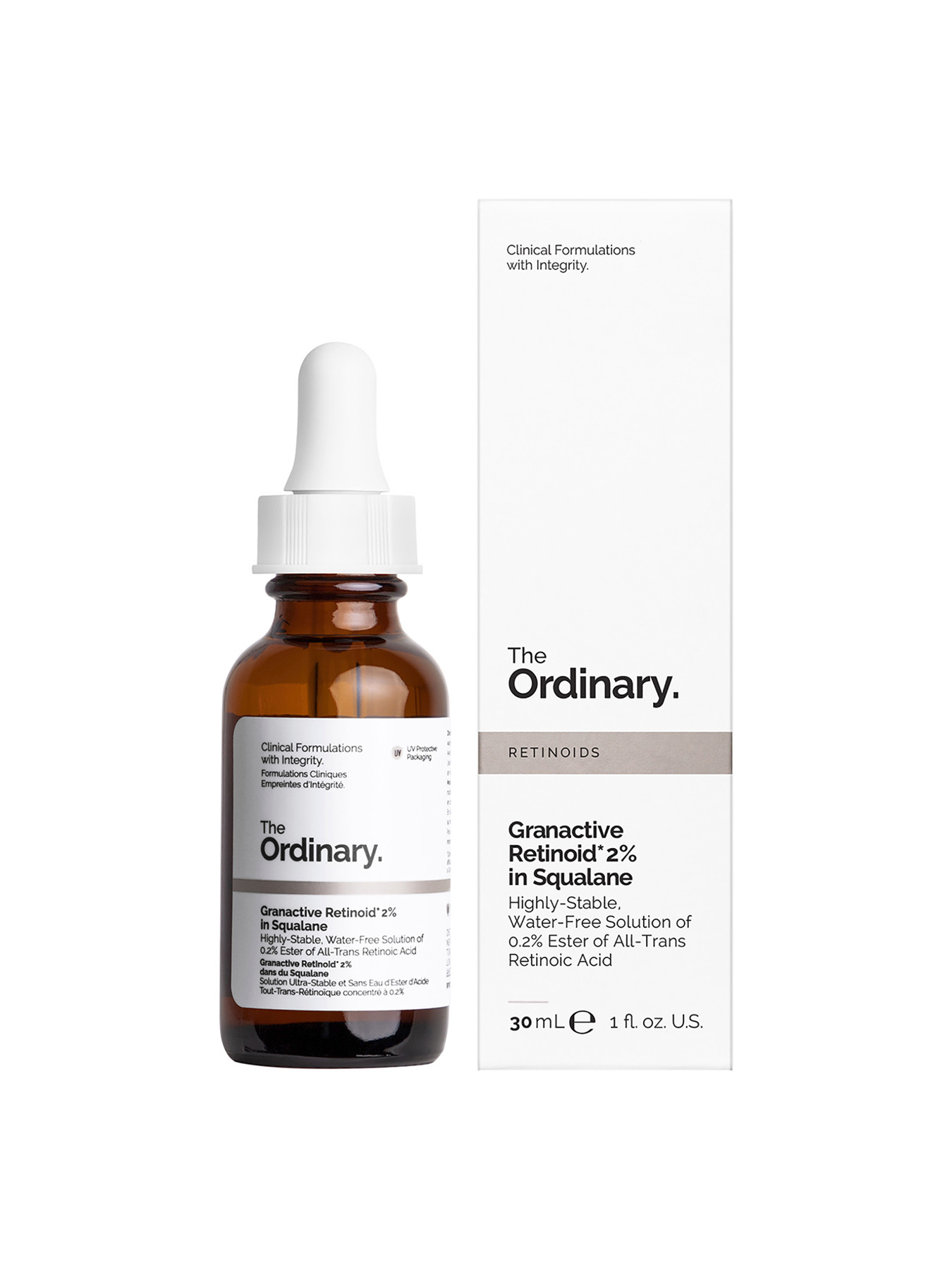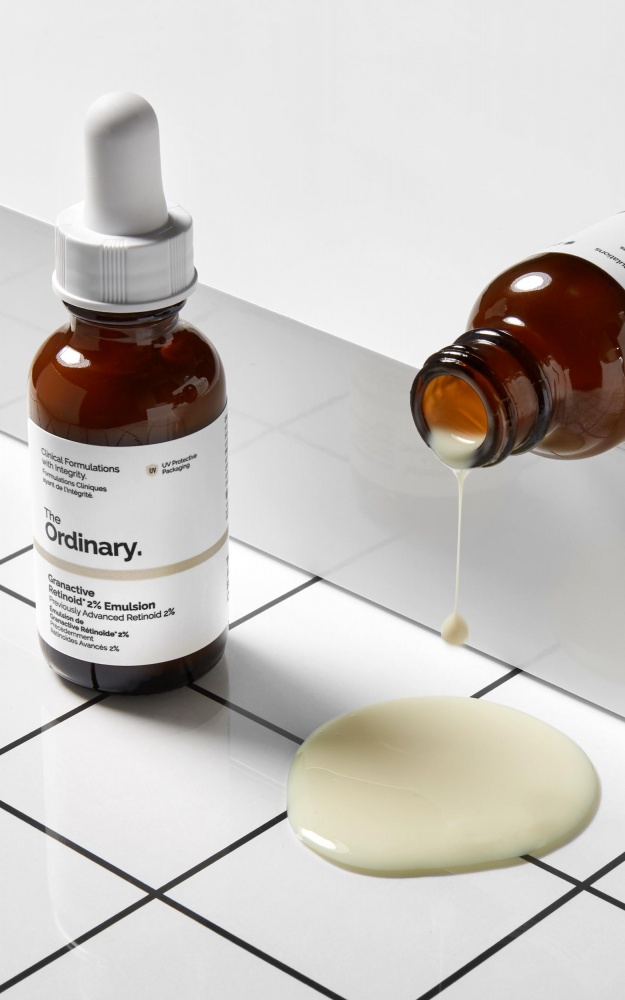

During this stage, stick to a hydrating and nourishing routine until your skin builds tolerance. Dryness, irritation, redness and flaking are all normal reactions when you first start using retinoids, particularly stronger formulas.

With stronger formulas such as tretinoin, avoid the direct eye area (unless it’s a targeted eye cream), neck, around the nostrils and the corners of the mouth, as these areas are prone to irritation. Apply a pea-sized amount (you can use slightly more for most OTC formulas) and distribute evenly across the face. Some newer brands h ave formulas that can be used in the morning but if in doubt, please use them in the evening. Use at night and always make sure to apply SPF 30 or above during the day. For prescription-strength formulas such as tretinoin, always follow the guidance provided by your doctor. We advise against this if you have very sensitive skin. Brands have traditionally advised applying on dry skin but we know that dampening the skin first (with a hydrating toner, mist or essence) can help with penetration. For over-the-counter retinoids, it is optional to wait 20-30 minutes before applying anything else. Apply after cleansing and before the rest of your routine. Here are some of our favourites for beginners:īrands will always provide you with instructions on the product packaging but for further guidance, follow our top tips: Once you know your skin is tolerating it well, you can then re-introduce them on ‘non-retinoid days’ or in the mornings. When you first start using retinoids, we suggest going easy on the actives, particularly exfoliating acids (hydrating products are fine). So, in essence, every other day is a happy medium. Research has suggested that there is no additional benefit to using a retinoid more than 3-4 times a week 1. How often you use it will also depend on your skin’s tolerance, but as a general rule of thumb, you can use this guide: 2 times a week if you are a beginner or in your 20s, 3 times a week in your 30s and 4 times a week if you are over 40. Start off using it every third day before increasing to more regularly once your skin has acclimatised (unless the brand states otherwise ). It’s important to add your retinoid product into your routine slowly. Generally, once you’ve used up your current strength, you will be ready to move up a level, but always listen to your skin. First-time users should begin with a low-strength/gentle formula and build up over time. If it is, take care of any sensitivity first. Before adding any new skincare product into your routine, make sure your skin isn’t irritated or sensitised. Follow our advice to use your retinoid like a pro. Whilst the results can be impressive, many are hesitant to add a retinoid to their routine as they can be irritating ― especially when used incorrectly.

TLDR Tell me about your experiences using TO's Granactive Retinoid Emulsion 2% AND/OR Granactive Retinoid 2% in Squalene.Loved by dermatologists and aestheticians alike, retinoids (aka vitamin A) are best known for their ability to significantly improve the appearance of the skin, particularly texture, wrinkles, breakouts and sun damage.

I've been looking for reviews for both of these and been tallying them up in my head and the emulsion seems to be the one preferred only by a bit though! I'm new to retinoid products but I've been using Vitamin C, BHAs and AHAs (in fact, TO's AHA and BHA peeling solution is my exfoliator). But I'm a bit hesitant because I already apply rosehip oil so I don't want too many oil-based products on my skin. The one is squalene doesn't seem to have any highly comedogenic ratings, and it also has fewer ingredients (like half of the other). These three are in the middle of ingredients list). However, the emulsion has two ingredients, when combined, taht is considered highly comedogenic (Carrageenan & Ceteareth-20. (I'm already using TO's Rosehip Oil as my last step. The emulsion is more suited towards oily skin types as Squalene is an oil. I've been debating over whether to buy which retinoid product from The Ordinary: Texture from closed comedomes, fine lines, hyperpigmentation/acne scars.


 0 kommentar(er)
0 kommentar(er)
